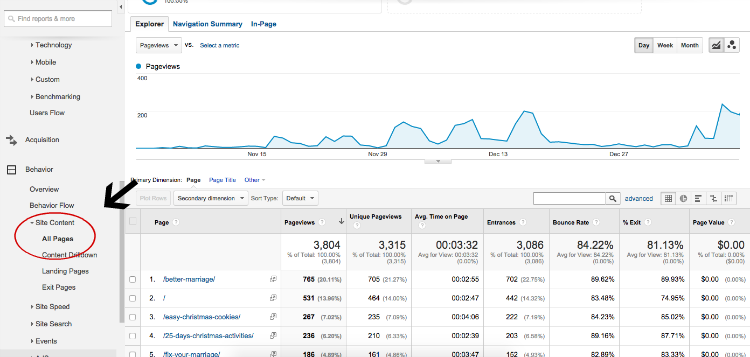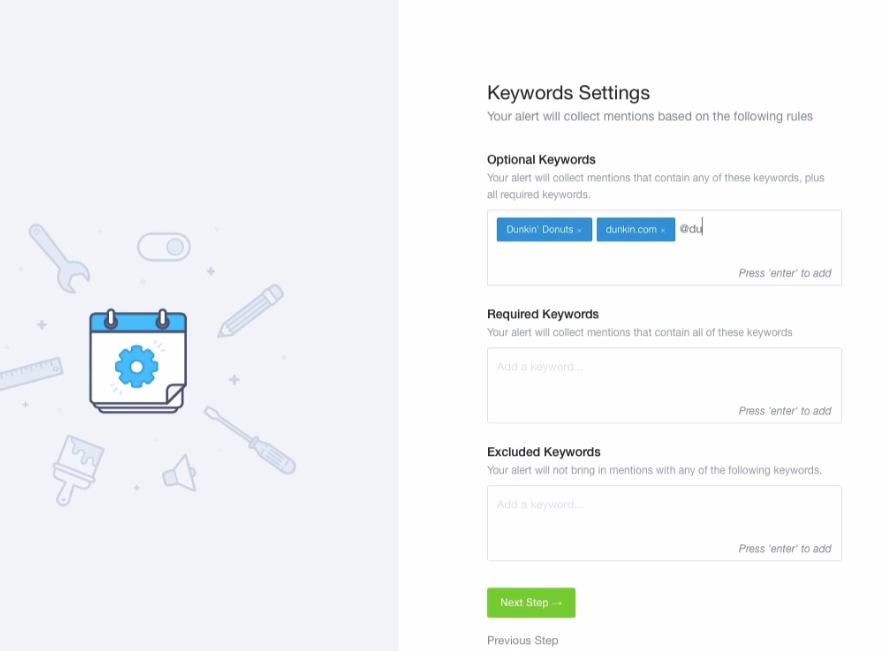Video is the next frontier for brands. It’s the perfect medium for telling stories and communicating otherwise complex ideas in an easy-to-grasp format. As a tool, video is also becoming one of the most commonly used forms of content.
According to Wyzowl’s State of Video Marketing 2019 survey results, 87% of businesses now use video marketing.
And when it comes to using video for PR, there’s ample reason to make video a part of every campaign you run. Video is a more engaging medium than text. It can also be shared everywhere. The more shares your content generates, the more impact, exposure and potential for overall brand success.
While video may appear to be the perfect supplement for PR, many brands may struggle with its integration.
Why?
Well, video requires a little more effort to produce than more common media formats. For example, a press release can easily be outsourced to a writer. The turnaround time could be anything from 1 to 3 days.
Video, on the other hand, requires a broader skill set and potentially more creatives to help you realize your vision. You’ll need a storyboard and possibly a script, camera, lighting and sound equipment, and a videographer.
If you’re considering integrating video into your next PR campaign, stay with me. In this blog post, I’ll share a basic framework you can use to create promote effective videos for all of your PR campaigns.
I’ll cover how to ensure you keep your audience and message at the forefront of your campaign, and how to identify which metrics you can use to measure your success and why. We’ll also look at how to share your new video and get the most exposure possible.
Step 1: Start with the end in mind
If you’ve ever read Stephen Covey’s 7 Habits of Highly Effective People, you’re familiar with this concept. It’s also a best practice for planning effective projects. When working on your PR campaign’s video content, don’t lose track of your goal.
Are you trying to raise awareness, promote goodwill, change, inform, improve or reshape attitudes towards your brand?
Whatever your goal, ensure it stays at the forefront of your creative process. Often, when dabbling in new mediums, the complexities of delivering the message can become more important than the actual message.
To ensure you deliver video content that’s directly aligned with your goals, develop a detailed brief and stick to it.
Step 2: Remember Who You’re Targeting
Your brief will identify the audience and/or persona(s). And while your brief should provide basic details on the goal of your video and who you’re targeting, be sure that your creative team has a more in-depth understanding of your audience.
For example, if you’re trying to reshape a common misconception about your brand, provide context for why the misconception exists. But don’t stop there. Give your creative team examples of what your ideal customers say or the words they use when relating to the misconception.
This kind of detail bridges the gap between realizing your vision and creating a truly impactful message.
Step 3: Identify Your Metrics
Most believe that measuring the success of a PR campaign is a grey area. But that hasn’t been true for well over a decade. You can identify various methods for measuring the impact of your video content, and most importantly, you must identify these metrics before you develop your campaign.
What can you track?
Here’s a list of 6 ways to measure your campaign’s success:
Website Traffic
Website traffic is likely one of the easiest and most valuable metrics to measure. You can track growth over time and zoom-in on specific periods using Google Analytics. Another reason why website traffic is helpful has to do with the level of insight you can derive. You can leverage visitor stats and create retargeting campaigns as part of a larger brand strategy.
 Source: The Sway
Source: The Sway
Sales Stats
Use CRM software to track how many sales have been generated as a result of your campaign. This approach involves performing an audit to calculate a change in sales volume over time. Identifying a change also helps you determine how well your campaign performed. And depending on how you sell your solution, tracking URLs can be utilized to attribute sales to your specific traffic sources.
Leads Generated
Similar to sales, use a combination of website forms and CRM software to identify how many leads have been generated as a result of your campaign. Most CRM tools are capable of tagging leads to identify where they originated, making it easy to quickly determine the effectiveness of your campaign.
For example, Agile CRM allows you to tag each lead as and when they engage with your brand in different ways. This level of insight helps you spot where leads originate and can help brands develop stronger buyer journeys.
 Source: Agile CRM
Source: Agile CRM
Social Media Reach and Impressions
Social media reach is a low-hanging solution to measuring the impact of your campaign. But you need to know how to interpret reach effectively to derive meaningful insights. For example, most people confuse reach with impressions.
Reach refers to the number of people who see your content. Impressions refer to the number of times your content is viewed.
Should you pay more attention to reach or impressions?
Do both.
While these metrics are indicators of how your content how far and wide your content has managed to spread, I view them as supporting metrics (if you will) for a more important measure: social media engagement.
Social Media Engagement
Engagement is the more telling indicator of the success of your campaign. Various social platforms are able to breakdown stats on the number shares, likes and comments your video received.
What’s more, these metrics are helpful because they are an indicator of how effective your video is. Little or no engagement is a sign that your content has missed the mark. High engagement is proof that your video resonates with your audience.
Tracking social engagement can also hint at exactly how your audience feels about your content. Sentiment analysis has become a must-have feature in many media monitoring tools. It derives the overall sentiment associated with your brand, products and content. Sentiment is measured by AI and based on the words your audience and other people who share your content use when referring to it.
A social media monitoring tool like Mention can help brands quickly determine how audiences feel about their content. Mention is capable of producing various reports that cover different social channels and gauges negative, positive or neutral sentiment.
 Source: Mention
Source: Mention
Brand Mentions
Media monitoring allows brands to get in on conversations taking place around their products and brand names. Ideally, any PR campaign you produce should lead to some mentions of your brand or product. When tracking brand mentions, you’re interested in the feedback about your content and how it was received.
This is where tracking more than social media is important. For example, Mention allows you to create alerts for all content people create and share that includes your brand name.
 Source: Mention
Source: Mention
Step 4: Create
Creating your most impactful video will depend on a number of elements. For example, if part of your larger brand strategy is to get more views on YouTube, and are focused on building a YouTube marketing funnel, you’ll have to be mindful of the length of your video.
Watch-time is one of the most important metrics to be aware of when optimizing your video. The longer people engage with your videos, and actively watch your content, the greater the chance that YouTube will rank your video and help you get more views.
Other factors that will influence the quality of your video include:
The Skills Level of Your Team
While a straightforward aspect of working with an outsourced team, it’s still worth mentioning that you need to minimize any and all risk associated with your project.
When using freelancers or agencies, ask for examples of work they’ve done to see if it’s similar or within the same scope of what you’re after. While a qualified team with sufficient experience is ideal, ensure that they understand your vision clearly.
The Process
If you’re outsourcing the work, ask the agency or freelancer to breakdown their process and how they track project progress. Make sure you have all the information you need to keep track of the project.
You need to know who’s responsible for the script, developing the storyboard, when the recording will take place and how long it will take.
The Content
It goes without saying that your video has to be great. It’s got to be as strong as your written content. PR is an amazing tool, but for it to work for your brand, you’ve got to produce newsworthy content.
And while creating newsworthy content is essential, PR should be used as a tool for telling stories. Research has proven the storytelling is the best way to engage audiences and your video should be part of a larger story, one that will capture your audience’s attention.
 Source: Global Communications Report 2017
Source: Global Communications Report 2017
The details of who or what appear in your video is up to you, but don’t forget who you’re producing the video for and why it matters.
Step 5: Promote Relentlessly
With your PR video produced, it’s time to share it with the world. The best place to start is by featuring it on all brand-owned assets. These include your website, social media accounts and your YouTube channel.
Next, you want to start pitching it to all the relevant outlets and writers in your industry. Start by creating a list of outlets, then collect contact details of writers for each.
PR is a game of numbers. Your goal is to make the numbers work in your favor.
The Pitch
Having established your list of contact, it’s time to create your pitch. As you do, consider what makes your video worthy of sharing. If you’ve done a good job in the creation process, figuring out a compelling reason for outlets to cover your video will be straightforward.
Conclusion
Video is an important PR tool. As a medium, more people consume video daily, making it the perfect way for brands to supplement their PR strategies. But making video work for your brand’s PR approach will require more than just pointing and shooting. You’ll have to plan and create newsworthy content. You’ll also need to develop a promoting strategy to ensure that media outlets and writers pick up and share your story.
Author Bio:
Amir Shahzeidi is the digital marketing manager at Uscreen, an all-in-one video monetization and live streaming platform that empowers video entrepreneurs and creators to monetize their content and build thriving communities and businesses around their videos.
PRmention is a digital PR agency for startups & SaaS businesses. Occasionally, we accept high quality contributed content and we’d love to hear any ideas you may have. Feel free to email us on guestcolumn@prmention.com if you are interested in contributing.

